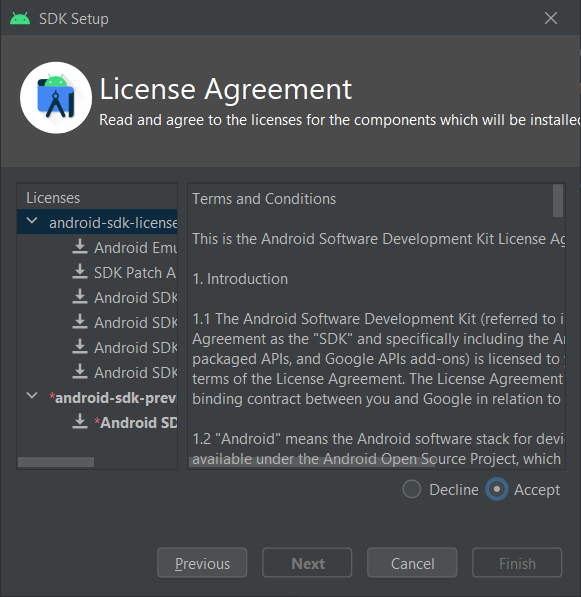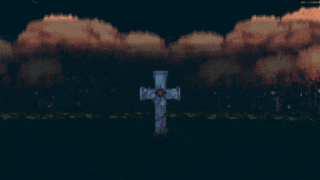So, yes, you can make a game of AGS games, you do so using the RunAGSgame command.
https://adventuregamestudio.github.io/ags-manual/Globalfunctions_General.html#runagsgame
I advise against though, unless really needed - say you got together with a bunch of people, each one made a game, and are looking into making a launcher for all games. Or you are making an episodic game and want to make a launcher for each episode. There are other usecases but other than this it is usually not very good idea - there isn't good ways to integrate AGS games.
Now, about Data dir, nowadays AGS can package arbitrary files (in general settings, there is an option in the Compiler section if I am not mistaken) and you can read them later by leveraging the $DATA$ token: https://adventuregamestudio.github.io/ags-manual/File.html#fileopen . Also this data token matching the other data I am going to explain later is just we are bad at naming things problem.
But before this, if someone wanted to send an arbitrary file (say you have a descriptor file for puzzle levels or some other config file you want to have in the same directory of the game or even just a readme), it had to be in the same directory as the game, externally.
So to ease debugging, testing and packaging of games using such approach, the way it works is any file that is not the own game .AGS file that is place in the Compiled/Data directory is then copied to all other Compiled/Windows, Compiled/Linux and so on. At some point before the Compiled/Data was also a different directory (I think in 3.4.1 and before), just the top level, so perhaps it made more sense then.
Any free files in the webport have to be in the same directory as the game, because in the simulated filesystem we have there , there are no directories. You can have "directories" inside AGS packages using the arbitrary file packaging. (But it's read only)
https://adventuregamestudio.github.io/ags-manual/Globalfunctions_General.html#runagsgame
I advise against though, unless really needed - say you got together with a bunch of people, each one made a game, and are looking into making a launcher for all games. Or you are making an episodic game and want to make a launcher for each episode. There are other usecases but other than this it is usually not very good idea - there isn't good ways to integrate AGS games.
Now, about Data dir, nowadays AGS can package arbitrary files (in general settings, there is an option in the Compiler section if I am not mistaken) and you can read them later by leveraging the $DATA$ token: https://adventuregamestudio.github.io/ags-manual/File.html#fileopen . Also this data token matching the other data I am going to explain later is just we are bad at naming things problem.
But before this, if someone wanted to send an arbitrary file (say you have a descriptor file for puzzle levels or some other config file you want to have in the same directory of the game or even just a readme), it had to be in the same directory as the game, externally.
So to ease debugging, testing and packaging of games using such approach, the way it works is any file that is not the own game .AGS file that is place in the Compiled/Data directory is then copied to all other Compiled/Windows, Compiled/Linux and so on. At some point before the Compiled/Data was also a different directory (I think in 3.4.1 and before), just the top level, so perhaps it made more sense then.
Any free files in the webport have to be in the same directory as the game, because in the simulated filesystem we have there , there are no directories. You can have "directories" inside AGS packages using the arbitrary file packaging. (But it's read only)







